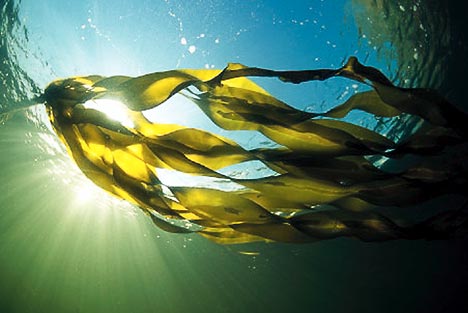Jordan Nicosia
Class Global Issues
July 6, 2014
Thanks for Smoking
Thank You for Smoking was released around March of 2006, it is a satire covered up as a comedy. Although there are many serious issues in the film, such as smoking, different facts in politics, and being a role model for his son, It was a great film to entertain. The jokes though are defiantly connected to the people in society. Since it's connected to society it makes people laugh more. These fictional situations reflect our society as a whole, especially in the stupidity that is shown in our politics and lifestyles today.
This satire gives the people watching examples that affect people though the character of Nick Naylor, who is a lobbyist for Big Tobacco, a group comprised on the top tobacco industries. In an opening scene he accepted his position on the issue of smoking by saying that Big Tobacco cannot benefit from the death of a teen-ager who developed cancer from smoking cigarettes. Nick’s position may seem uneasy and harmful to people that have lost loved ones when considered, but with his speech and his confident personality he is able to convince his audience not to listen too closely to his argument. Nick Naylor’s character speaks understandingly about the positions he represents. The director uses him to cause laughter through his kind appearance.
The chief executive of Big Tobacco and Nick’s boss, shows a more immature approach to the topic of smoking. “We don’t sell Tic Tacs, we sell cigarettes. And they’re cool, available and addictive. The job is almost done for us.” This speech brings the audience’s attention to the reality of the issue and to reconsider it. The director's objective in making the film was not to comment on the controversial subject of smoking. In an interview with The News Tribune’s Soren Andersen Reitman said that “Thank You for Smoking” “is not pro-smoking. It’s not anti-smoking”(Andersen 3). As the quote has displayed, the director has a large role in this satire. Smoking, however is also a serious issue that our country and world are facing at the moment. Nick Naylor’s character also uses the subject in a satirical way. “The message Hollywood needs to send out is ‘Smoking Is Cool!’” With an audience that has strong opinions about smoking, as most of America do. These quotes can be seen as a social description and brings attention to a more serious issue.
Although Naylor’s ironic statements are able to keep his truth from the public, in the context of the film this strategy gives the real public a chance to see our society in a different light. Naylor is successful in his job because of his argumentative skills. “When you argue correctly, you’re never wrong.” This statement and Naylor’s actual arguments are ironic because there is a reality present, there are facts and supported opinions from both sides, but when you change the direction of understanding these do not need to be considered. Then one side appears to be right and the reality of the situation is ignored. The quote shows that the director created an indirect satire because his characters and their actions relay his messages to the people and help spin facts and smoking in general.
It seems that this film was almost not even intended as a satire because of the great importance placed on entertainment. However, the meaning of this movie is personal, like many other things in life. Personally, I believe that this film could be considered a strong satire because of the reaction it can create. Laughter is not always meant as a sign of happiness or celebration and in this case it is used against ourselves. There are aspects of our society that could be fixed but mostly go unaddressed, such as drug dependency and biased news coverage. Since the individuals in our society are not perfect, we all have our vices and political biases, neither is our society. I believe this film displays the weaknesses of our society in a way that they can be recognized but also enjoyed and I would not change any aspect because I believe this combination is able to motivate change in this crazy two sided world.


 themselves and their schools around
them too.
themselves and their schools around
them too. 




 The project was pretty boring and to be honest i really didn't finish it because i didn't like it that much.
The project was pretty boring and to be honest i really didn't finish it because i didn't like it that much.
